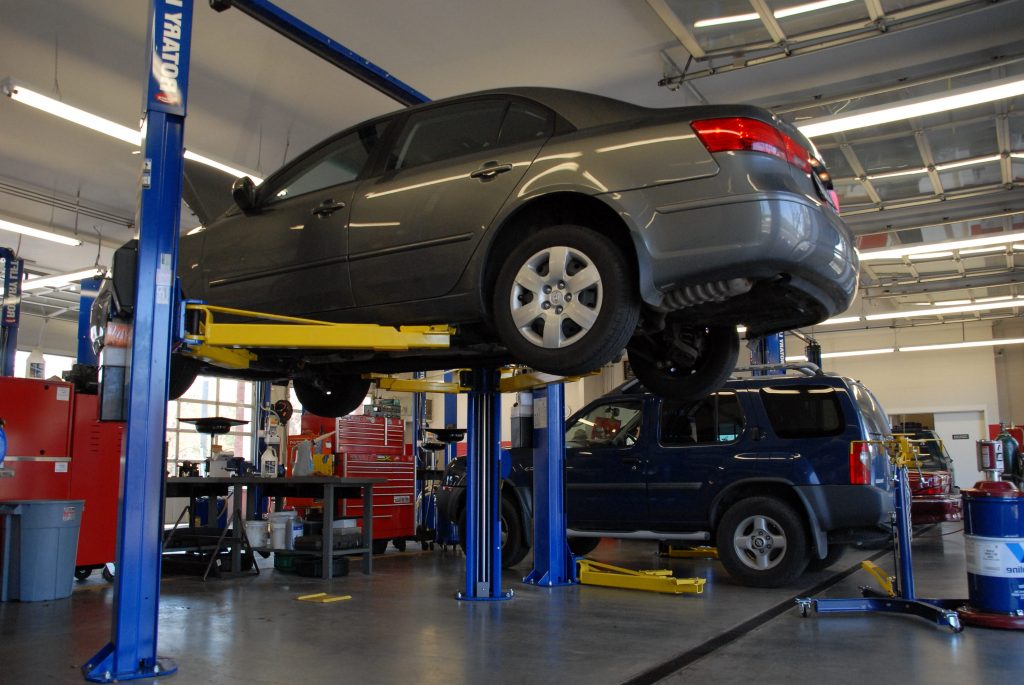Falling out of order remains the most universal of motorists’ phobias. While some breakdowns can occur and immobilize your vehicle without warning, there are nevertheless warning signs indicating a mechanical weakness.
There are three reflexes to prevent breakdowns: visual inspection of the elements, careful listening to suspicious noises, and periodic checks of all levels.
1. Check the oil level
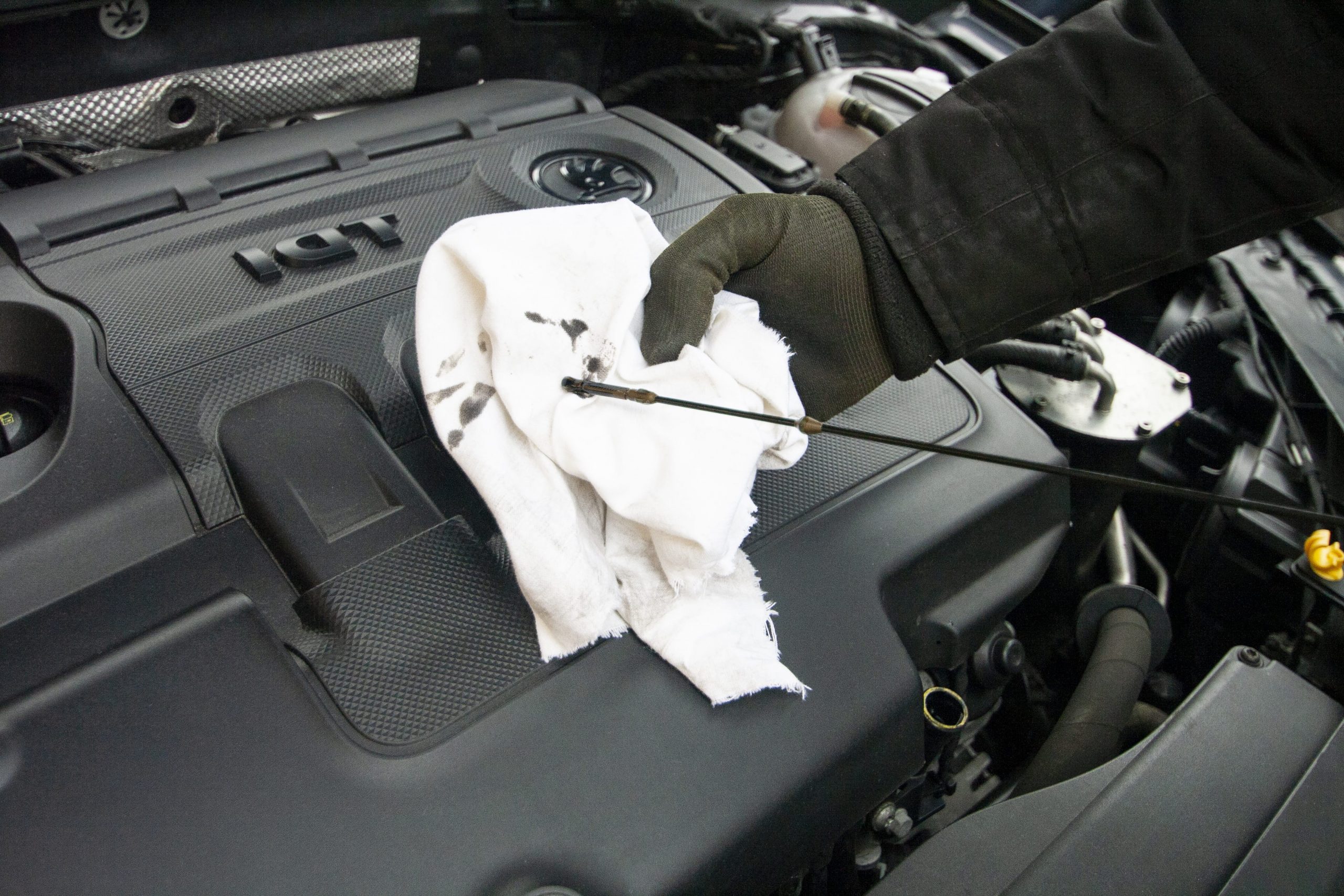
A regular check of the oil level is a wise precaution. Oil consumption varies according to three criteria:
– age ;
– the type of vehicle;
– the mode of use (city, highway…).
This operation is not complicated; follow these steps:
– Pull the dipstick whose ring protrudes from the tank;
– wipe it with a cloth;
– put it back in the tank;
– remove it and observe where the oil level is (it should be between ‘min’ and ‘max’).
– Top up the oil if necessary.
Good to know: it is recommended to check the oil level every 2,000 kilometres and also before a long trip.
Caution: It is essential to check the flat, cold ground; otherwise, the fluid becomes too thin.
2. Listen carefully

Any suspicious noise should alert you. Keep in mind that a noise that appears will never disappear by itself permanently and that it is synonymous with premature wear and tear.
Here are some noises that should not be taken lightly and that require a visit to the garage:
– Regular “clack-clack” when you drive while steering: the cardan shafts, which transmit the engine’s movement to the front wheels, are worn.
– “Clong” when passing a speed bump or bump: the suspension has a problem.
– Cracking in the gearbox when changing gears: there is a weakness.
– Whistling or growling from a wheel, a sign that one of the bearings is dying!
Note: the bearing is a part that allows the wheel to rotate freely on its axis.
3. Check the coolant/water level in the radiator.
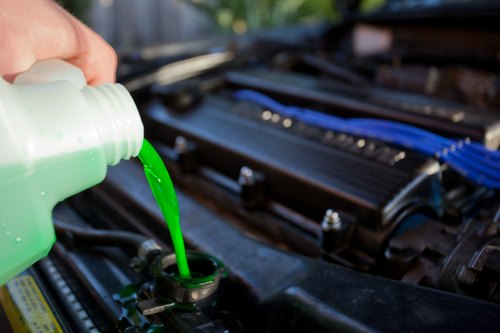
The radiator, filled with water and antifreeze, is an essential part of the engine’s operation and provides cooling. A simple visual check of the level, at 1,000-kilometre intervals, can detect any leaks.
There are two ways to check the level:
– The cap is located on the radiator, usually on the left. When the engine is cold, open it and check the level, it should be close to the radiator’s edge.
– The radiator does not have a cap, but a jar called an expansion tank acts as a coolant reserve (be careful not to confuse it with the windshield washer reservoir). In this case, the tank is transparent, so you can check the level without removing the cap. The level must be between the “min” and “max” marks.
Caution: Never use water to fill the system. Limescale will quickly clog the radiator. Also, if the radiator freezes, it will explode. Never open the hot engine cap, as the system is under pressure.
4. Inspect the tires
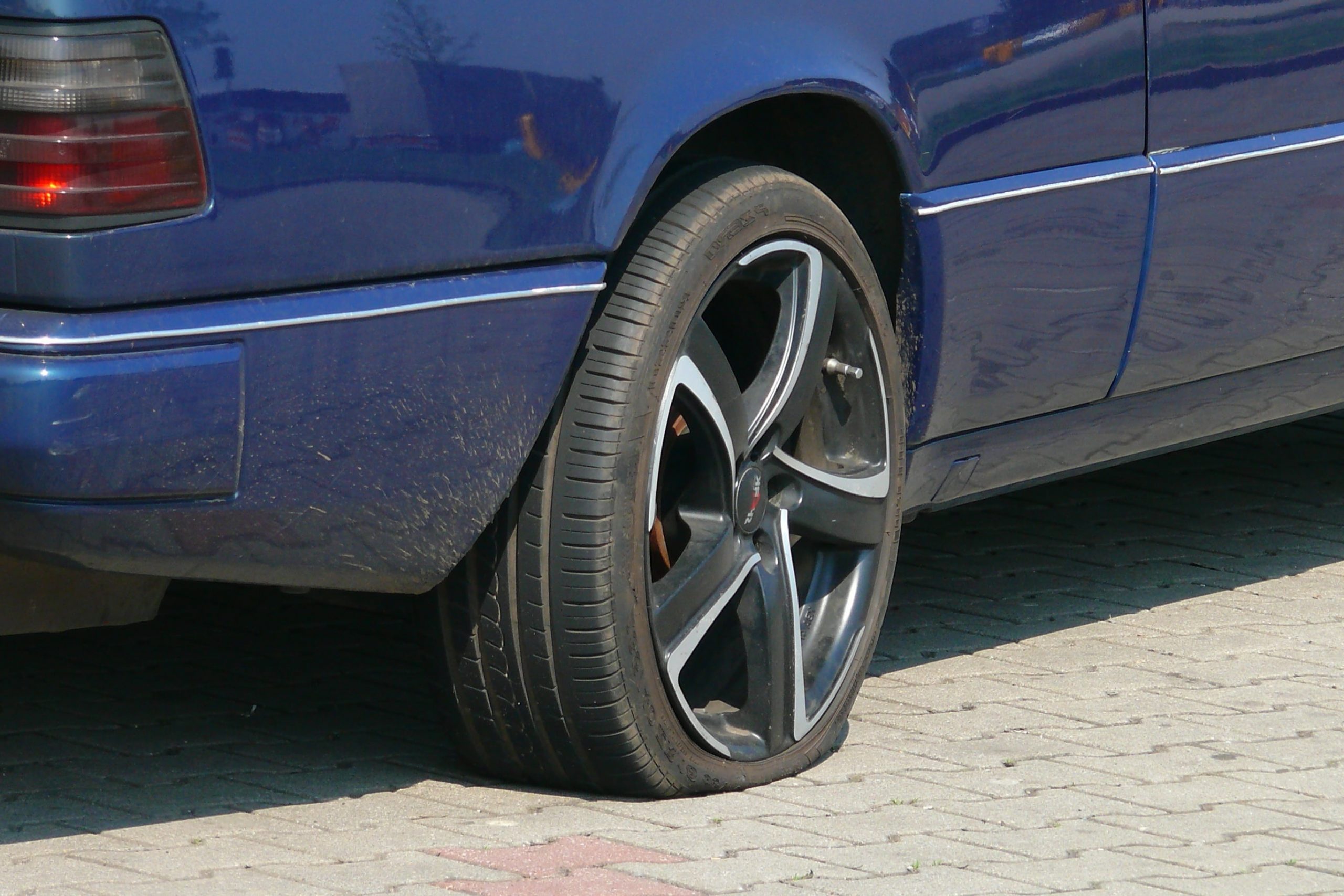
The wear indicators on a vehicle’s tires should be checked regularly to ensure you are driving safely. If the wear is a normal phenomenon, solutions exist to preserve them as long as possible:
– Maintain the right tire pressure;
– Opt for nitrogen inflation;
– Have your tires checked once a year for proper alignment;
– Control your driving by avoiding sudden braking.
The dangers of a smooth tire are severalfold:
– increased risk of punctures;
– loss of grip on the ground;
– aquaplaning;
– reduced braking efficiency.
Good to know: the average life of a tire is about 30,000 km, but the amount of wear depends on the driver’s driving habits and the performance and condition of the vehicle.
5. Take care of the battery
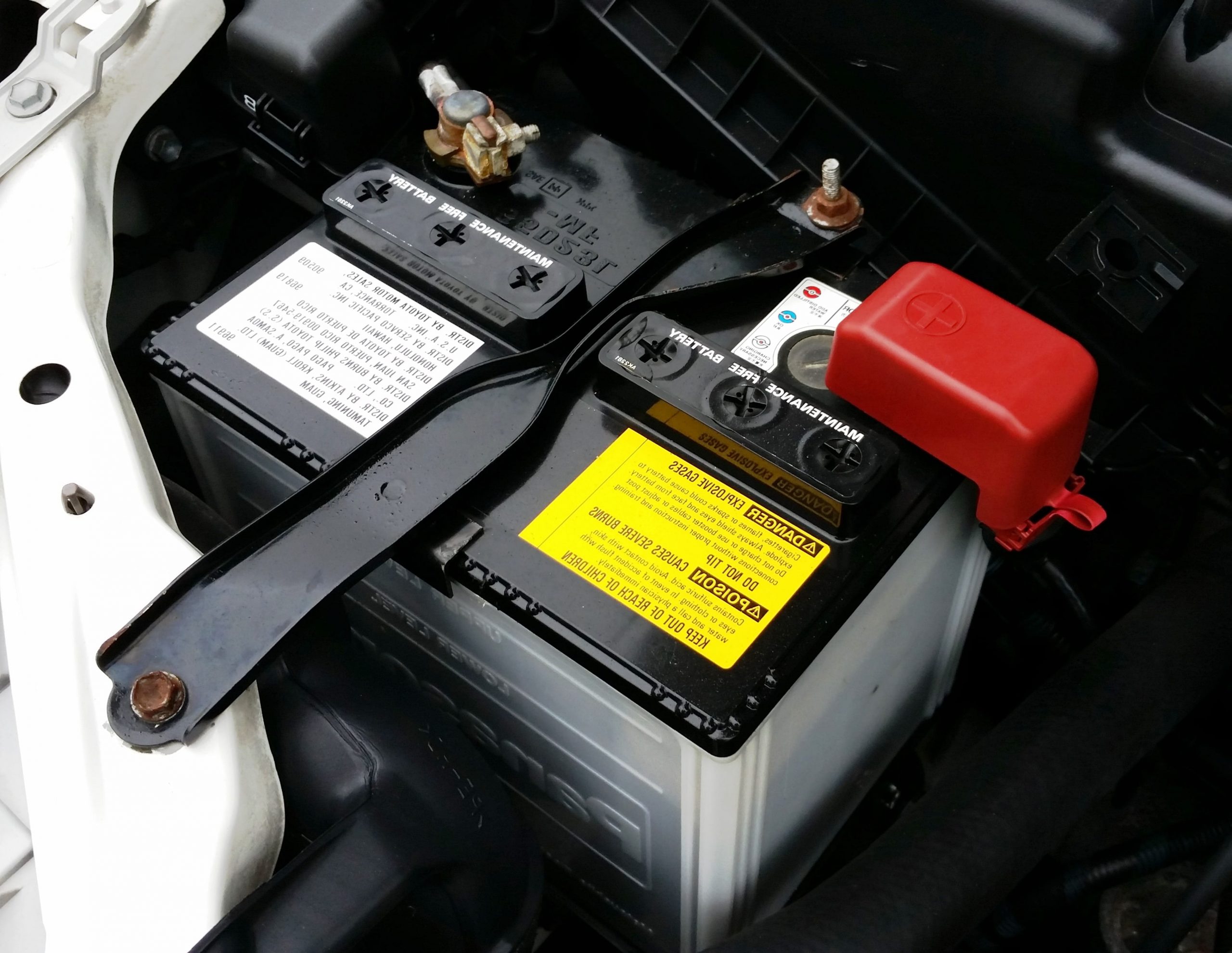
A key element necessary for starting, the battery sends a large electric discharge to start the engine. Winter, contrary to the summer, is a period that demands the vehicle’s equipment, which consumes electricity:
– headlights;
– heating;
– defrosting…
Maintaining a battery can increase its life; just a few simple steps are all it takes:
– check the level of the liquid; all the internal elements of the battery must be covered with water;
– maintain the terminals, removing sulphate deposits around them ;
– clean the battery tray and apply a coat of rust inhibitor.
Caution: do not use anything other than demineralized water. Your battery will not recover.
Good to know: a well-maintained battery can last between 5 and 7 years.
When you own a car, maintenance is essential to prevent possible breakdowns.
Find out more about it:

